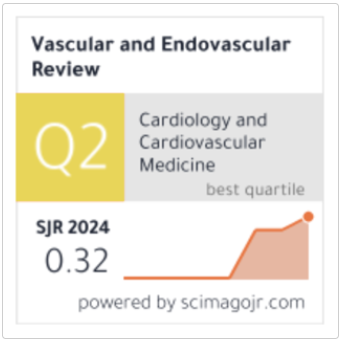Pulmonary Valve Reconstruction Using Glutaraldehyde-Treated Pericardium In Adolescent Tof: A Two-Case Experience
Keywords:
Tetralogy of Fallot; pulmonary valve reconstruction; autologous pericardium; adolescent cardiac surgery; case series.Abstract
Background: Tetralogy of Fallot (ToF) is the most common cyanotic congenital heart defect. Advances in early diagnosis and corrective surgery have markedly improved survival; however, late presentation during adolescence remains a challenge in developing countries. Delayed surgical correction carries a higher risk of postoperative complications, including right ventricular dysfunction and pulmonary regurgitation.
Case: We report two adolescent female patients, aged 14 and 23 years, who presented with progressive exertional dyspnea, cyanosis, and digital clubbing. Both had known ToF from early childhood but had not undergone prior corrective surgery. Echocardiography confirmed classic ToF with severe infundibular and valvular pulmonary stenosis. Total corrective sur-gery with transannular patching and reconstruction of a neo-pulmonary valve using glutar-aldehyde-treated autologous pericardium was performed in both cases. The first patient re-quired reoperation due to postoperative bleeding, while the second developed pneumonia, which was successfully treated with antibiotics. Postoperative echocardiography demon-strated competent pulmonary valves without regurgitation. Both patients showed satisfactory early recovery and stable hemodynamics at discharge.
Conclusions: Total corrective surgery with autologous pericardial pulmonary valve recon-struction represents a feasible and effective option in adolescent patients with delayed presentation of ToF. This approach may reduce postoperative pulmonary regurgitation and preserve right ventricular function. Long-term follow-up remains necessary to assess valve durability and functional outcomes.








